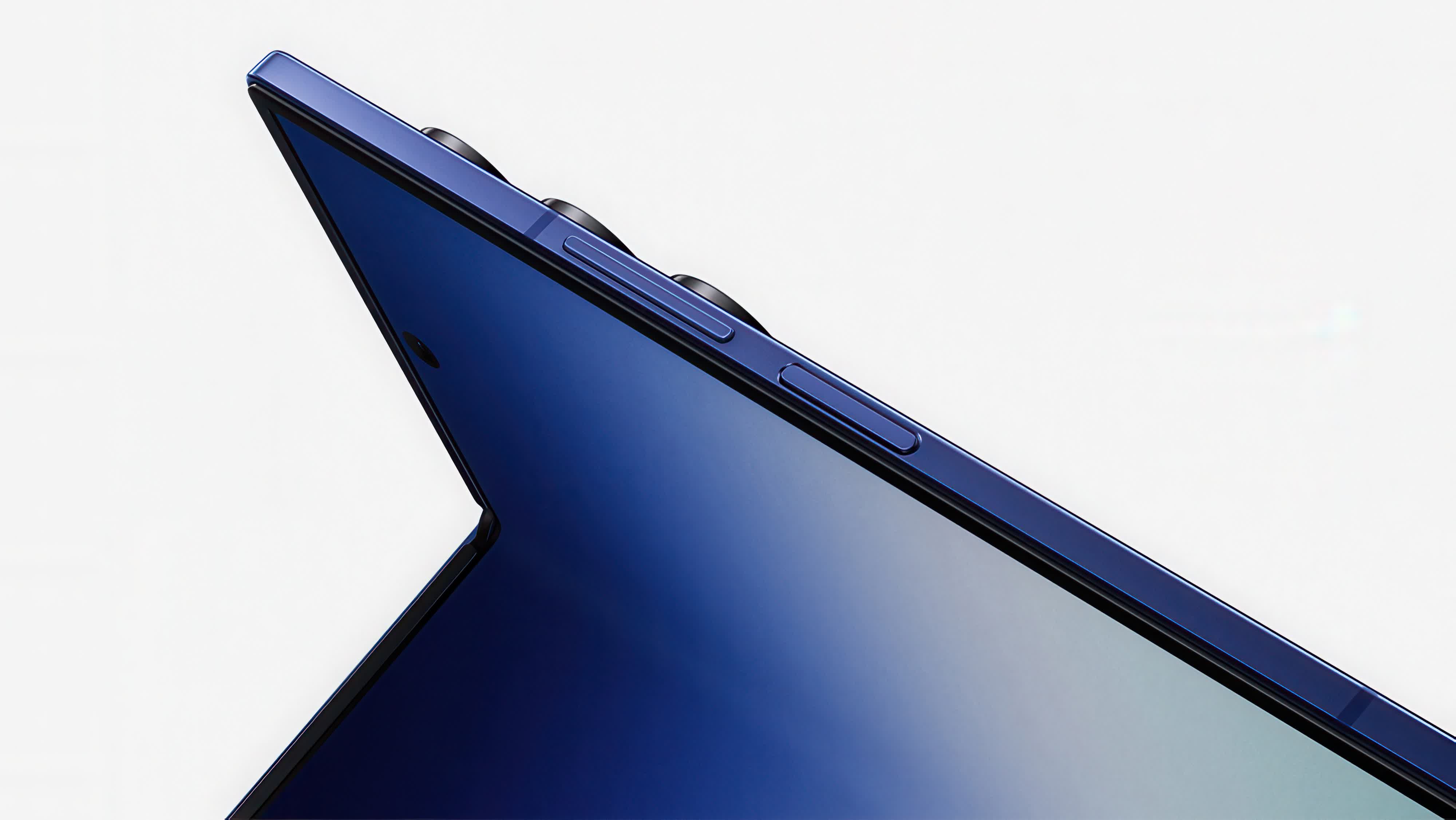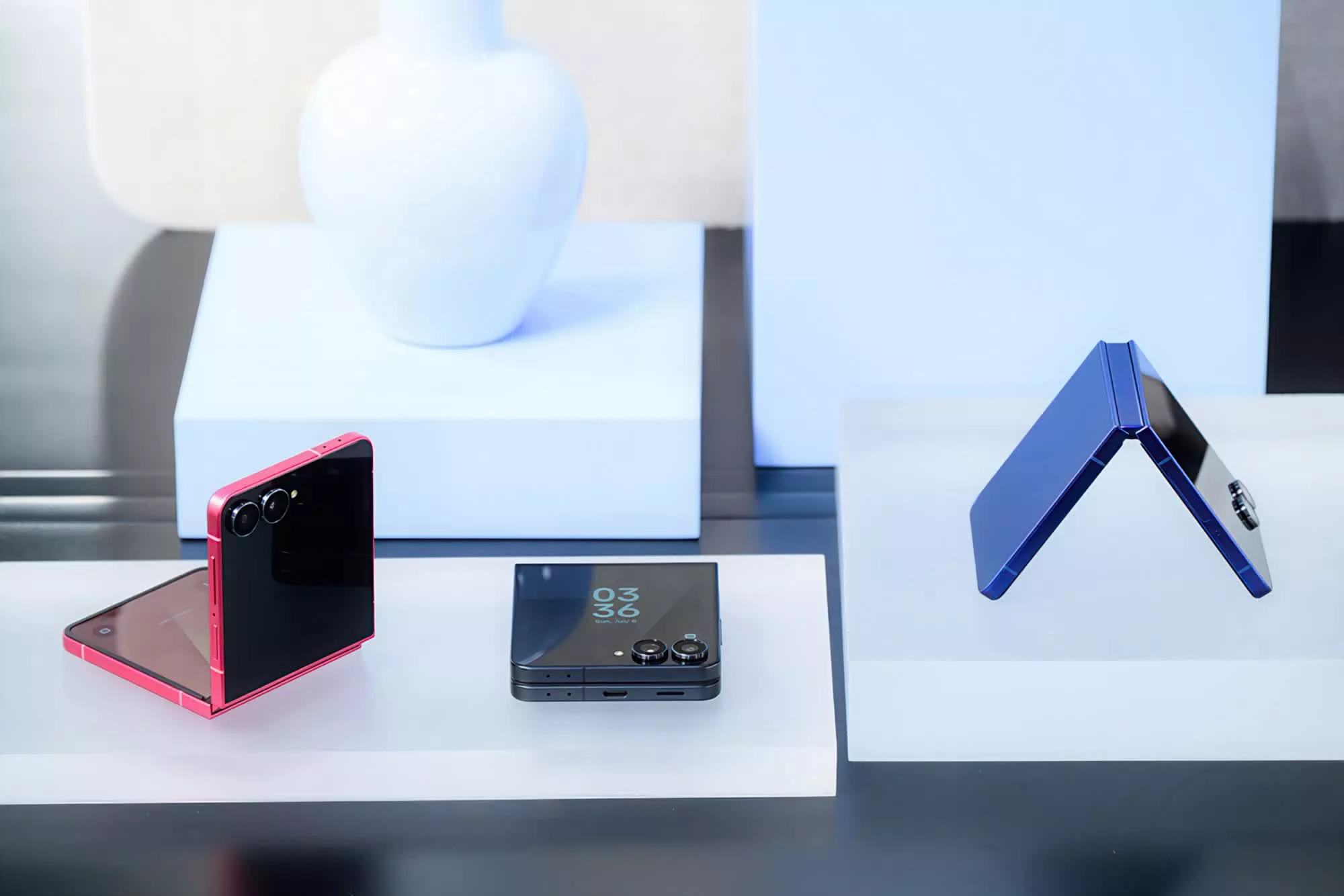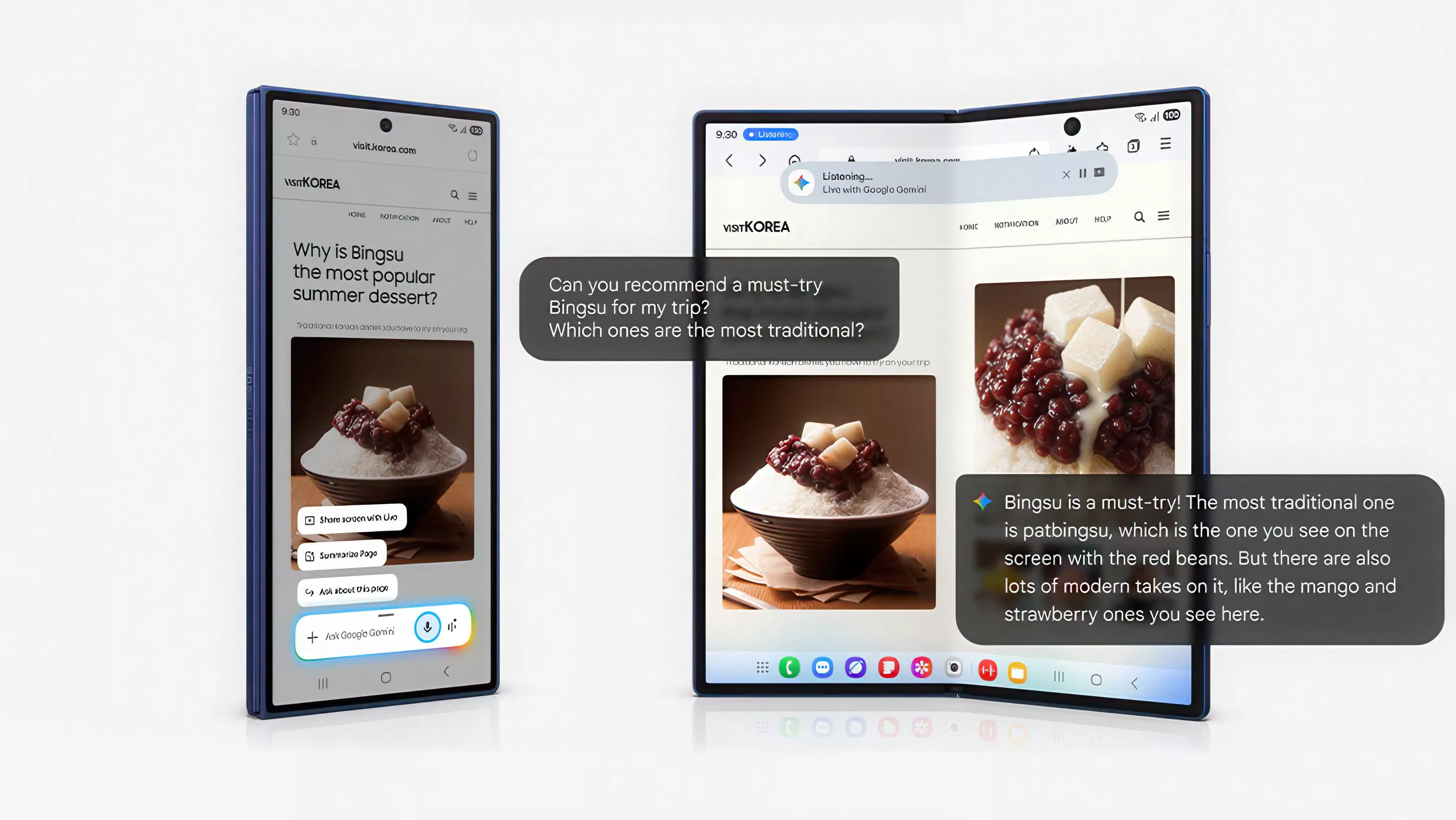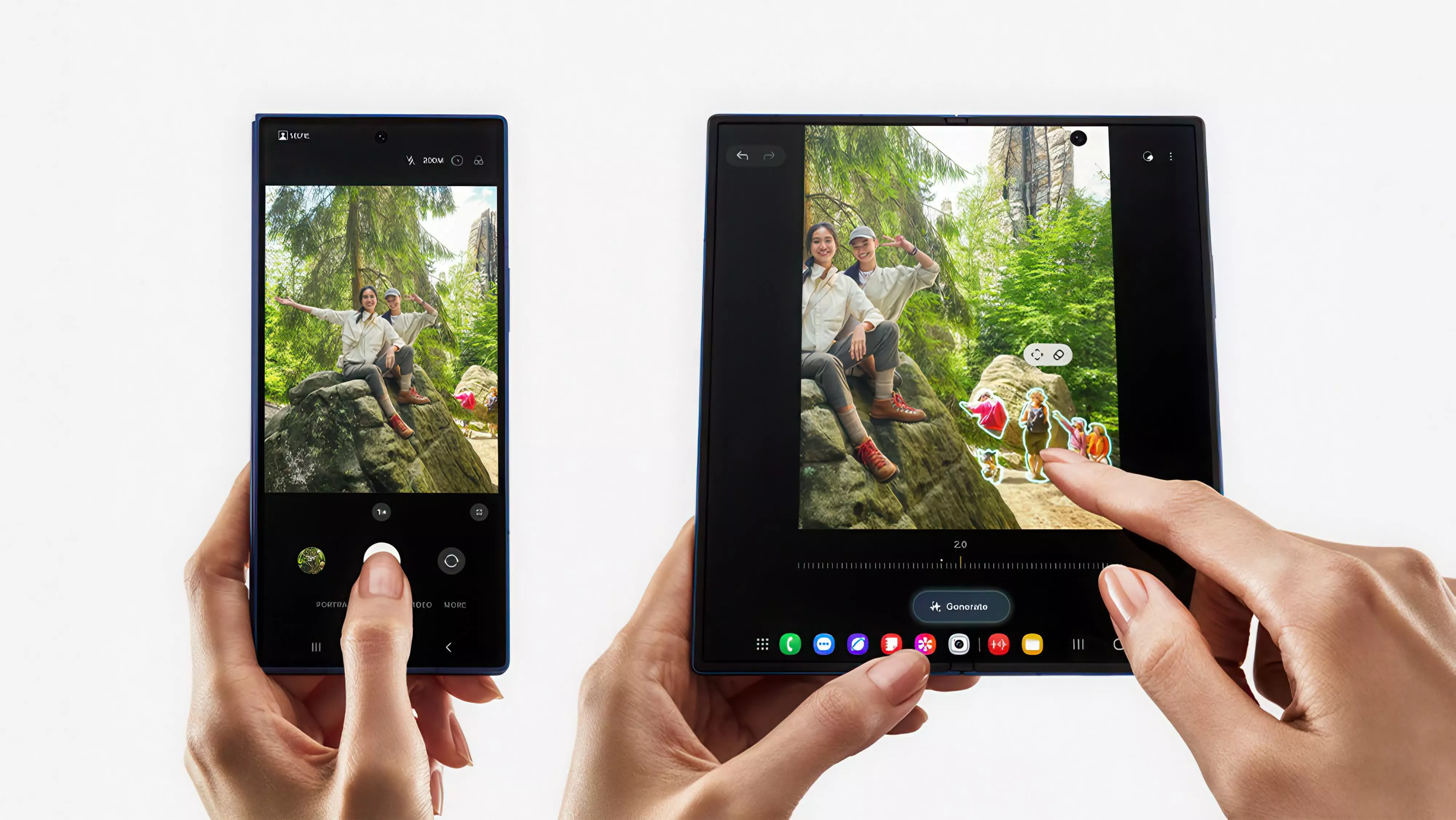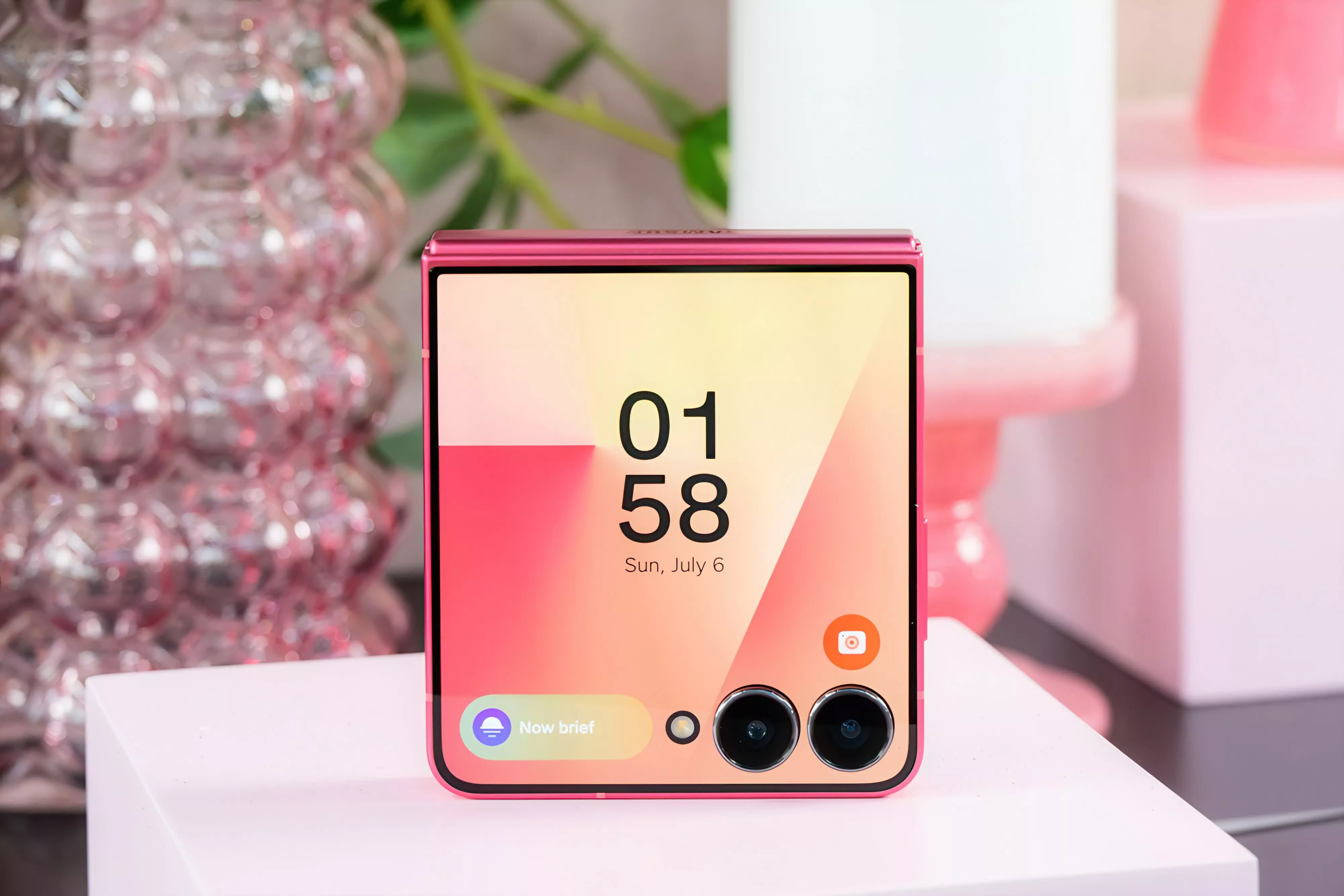Let’s be honest: Most current smartphone designs are pretty boring. They all look and feel the same, regardless of platform. The only real difference has been in the software. But what if physical design started to matter again? Imagine having a phone that looks, feels, and operates very differently from the typical glass slab. Long-time industry observers know that option already exists in the form of foldable phones, now available from several vendors, and supposedly coming from Apple sometime next year.
Given that foldables are far from new and have been around for years, it is surprising how many people still seem unaware of them. Whether I am working in an airport lounge or out shopping, I am often asked about the foldable phone I carry.
Samsung clearly believes that physical design still matters and is aiming to capitalize on that interest with the debut of the latest editions of its Z Fold and Z Flip series at the recent Galaxy Unpacked event in Brooklyn, New York.
Both Android 16-based phones feature notable improvements in their physical design, making them more appealing to those considering a switch from conventional smartphones or just now discovering the foldable category. In fact, the updates Samsung introduced in this seventh generation are as significant as the collective changes made across the first six generations.
The new Galaxy Z Flip7 is bound to turn a few more heads thanks to a back cover screen that now fills the entire area of the folded phone. To its credit, Motorola beat Samsung to the punch on this type of design with its latest Razr phones, but the change to Samsung's latest Z Flip offers a noticeable improvement versus previous Samsung designs. The Galaxy Z Flip7 now fully leverages the 4.1" screen area available for the display and offers a full HD 1048 x 948 resolution.
The Z Flip7 also includes direct support for Google's Gemini Live, enabling voice-powered data requests, device operations, and more – even while the phone is closed. You can also make multimodal AI requests by sharing the 50 MP wide-angle or 12 MP ultrawide camera or screen image with Gemini Live.
In another first for the Flip series, Samsung has added Dex technology, allowing the phone to connect directly to a larger monitor for a PC-like experience. The Flip7 also features a 4,300 mAh battery, the largest ever included in the Flip line.
For the full-size Galaxy Z Fold7, the design changes are even more dramatic. The device now measures only 8.9 mm thick when folded – just 0.7 mm thicker than the Galaxy S25 Ultra, 0.65 mm thicker than the iPhone 15 Pro Max, and 3.2 mm thinner than last year's Z Fold6. When unfolded, it is just 4.2 mm thick. At 215 grams, the phone is 24 grams lighter than its predecessor, making it easier to hold and use.
The new Z Fold7 also features a wider, more square aspect ratio with a front screen that is 5 mm wider than the previous model. While it is slightly taller, the added width makes the phone feel more like a traditional smartphone when closed, as opposed to the narrower, taller designs of earlier generations. This also improves the experience when using the internal display.
Speaking of which, the internal screen now measures 8.0 inches diagonally – 0.4 inches larger than the Z Fold6, equating to 11 percent more screen area. It feels even bigger in practice. One key benefit is the ability to keep a Gemini AI window open on one side of the screen while running another app on the other. That might not sound revolutionary, but in daily use, these kinds of large-screen AI experiences are genuinely transformational. They make AI-powered features easier to use and more naturally integrated into everyday workflows.
Beyond the design updates, the Z Fold7 includes Samsung's latest photography features, incorporating a 200 MP main lens, 10-bit HDR processing, and advanced computational photography software first introduced with the Galaxy S25 earlier this year. Like the Flip7, the Fold7 integrates Google's Gemini Live along with Samsung's One UI 8 for AI-enhanced interactions.
In a welcome change, all global models of the Z Fold7 are powered by Qualcomm's Snapdragon 8 Elite Galaxy Edition chip, ensuring top-tier performance. Previously, Samsung used its own Exynos chips in some markets outside the United States and Korea, but that is no longer the case. On the other hand, the Z Flip7 now uses the Exynos 2500 chip in all markets, including the United States.
Pricing on the Z Flip7 remains at $1,099 and Z Fold7 has gone up to $1,999. Unfortunately, the threat of South Korean tariffs might mean even higher prices in the near term. While the tariffs are obviously out of Samsung's control, it's clear the company felt that the extra cost necessary to create the better, more usable design for Z Fold7 was worth it.
Plus, the price range is high enough that an incrementable change likely won't make a huge difference – if you could afford last year's model, you can also afford this year's.
While the Z Flip7 price remained the same as last year's model, it's still a bit high for younger, typically more cost-sensitive buyers. Samsung is offering a lower-cost Flip7 FE at $899 to address some of these concerns. The FE model has the same basic design as last year's Flip6, with a smaller Flex Window.
As someone who has used foldables as a daily driver for over six years, I have come to truly value the importance of physical design and dimensions in these devices. That is why I am pleased to see Samsung prioritize these elements in this generation of foldables. The user experience is genuinely transformational, and getting the size, weight, and screen-to-body ratio just right makes a significant difference.
In fact, in this early era of AI, I would argue that these physical improvements are more important to overall usability than many software changes. Together, they represent a new generation of foldables – especially the Z Fold7 – that could reignite consumer interest in the category.
Despite potential pricing concerns, once people get to see and hold these phones, the devices will likely inspire more people to take the leap to foldables. Speaking from experience, it's a decision that most people will never look back from, and one they'll be happy they made.
Bob O'Donnell is the founder and chief analyst of TECHnalysis Research, LLC a technology consulting firm that provides strategic consulting and market research services to the technology industry and professional financial community. You can follow him on X @bobodtech
